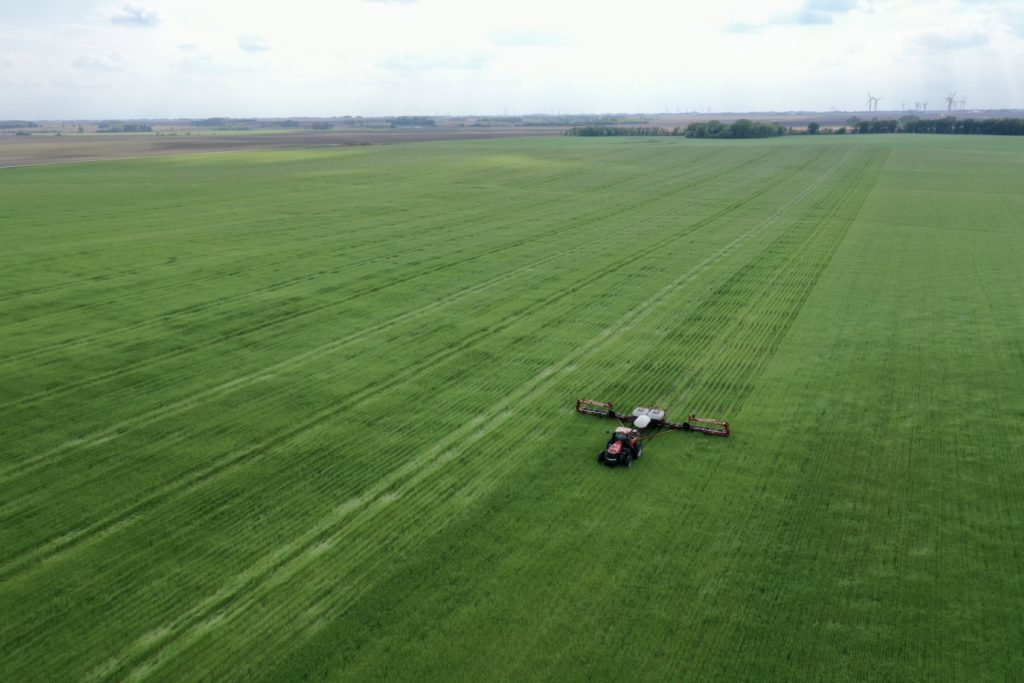Farming has drastically changed within the past twenty years — with GPS guidance becoming as common as a cell phone to precision planting that allows us to account for every grain and kernel planted. When examining the technological advances we’ve made in recent years, it’s clear that the agriculture industry will continue to see significant changes over the next decade.
How Do Cover Crops Improve the Soil?
Planning and preparing for future harvests has become the utmost priority for most farming operations. While farmers used to solely focus on which grains to plant, the industry has finally begun to prioritize soil health and succession planning. Cover crops are seen as important now more than ever before — because the benefits of cover crops are undeniable. The utilization of cover crops contributes to water retention, nutrient cycling, erosion control, air quality, and carbon sequestration.
Why Are Cover Crops Planted?
Farmers spend hundreds of thousands of dollars on feeding plants — forgetting to feed the soil with organic matter that creates a balanced diet for the plants and soil. When the diet becomes out of balance, the microbes seek nutrients from the plant by mining them from existing soil organic matter. The detrimental aftermath is a loss of organic carbon and overall soil organic matter. Cover crops are important because they come into play at this pivotal time by not only reducing erosion through their root system holding soil in place — but adding organic matter and plant nutrients during their decomposition phase.
The Importance of Cover Crops in Promoting Sustainable Agriculture
A recent study done by UC Davis found that cover cropping can increase carbon in the surface 12 inches of the soil and promote carbon loss below that level — resulting in a net loss when looking at the overall soil column at 30-40 cm. While there are various benefits to using cover crops, the agricultural industry can do better. According to the USDA, California is the largest agricultural state in the nation. But did you know that California also has five of the top ten cities with the highest air pollution? California happens to be the nation’s powerhouse in produce production — with the ability to grow virtually all year round. Through proper practices, all of this farmland could be used to farm carbon and work as the state’s air filter as well as feed the nation.
What Is the Answer?
Coupling cover crops with certified organic compost can increase carbon in the soil by 12.6% over 19 years or .7% annually — far beyond the .4% annual growth goal in the 4 per 1000 initiative launched by France in 2015. Compost use will create long-term benefits for farmers like increases in organic matter, soil biology, crop yield (you read that right), and water retention of around three quarts per cubic foot. That’s not even including the environmental benefits like the reduction of synthetic chemicals, carbon sequestration, microbial health, and boosting the health of the workers. We have nearly 1.1 million square kilometers of cropland in the world — sequestering carbon should be easy.
If you have any questions about the importance of cover crops or how to start implementing this process in your own life please feel free to contact us at hello@returnco.com.








